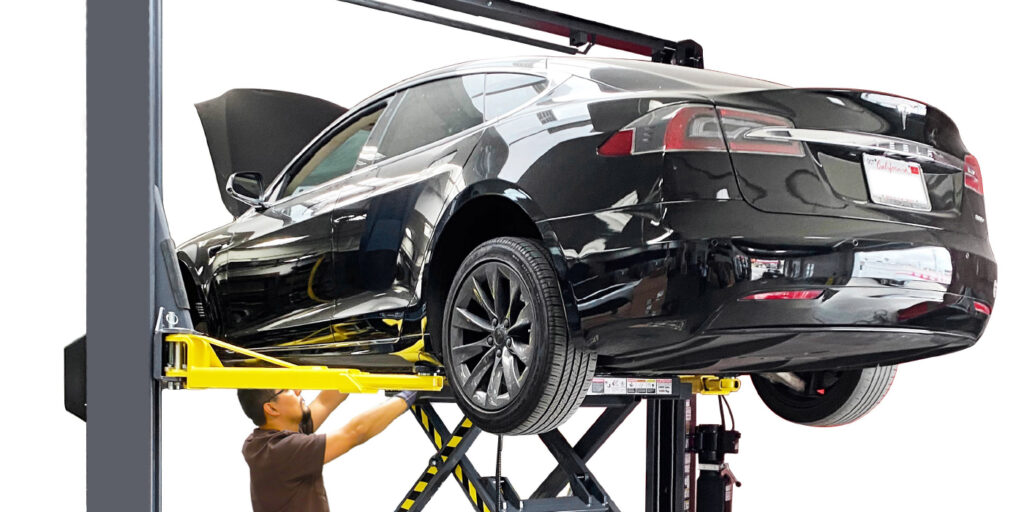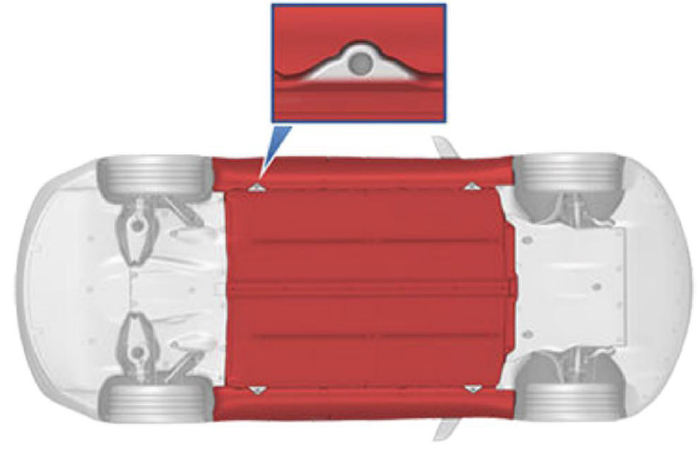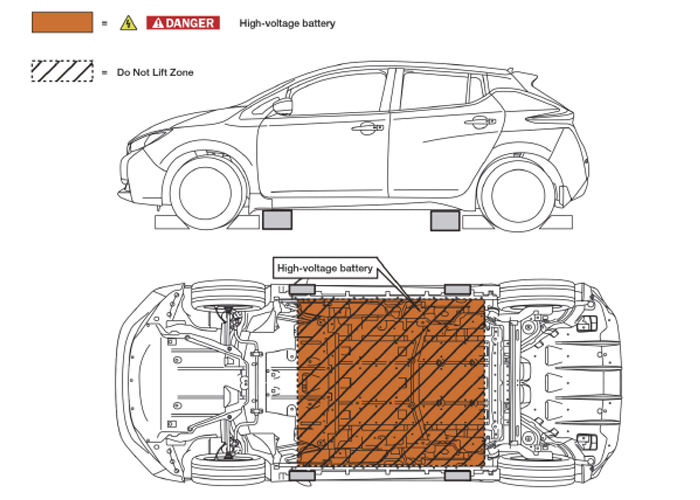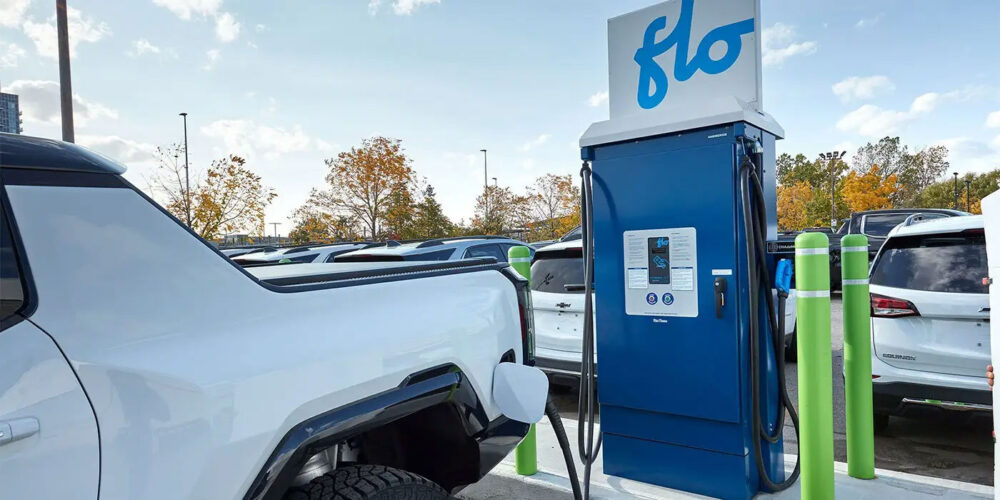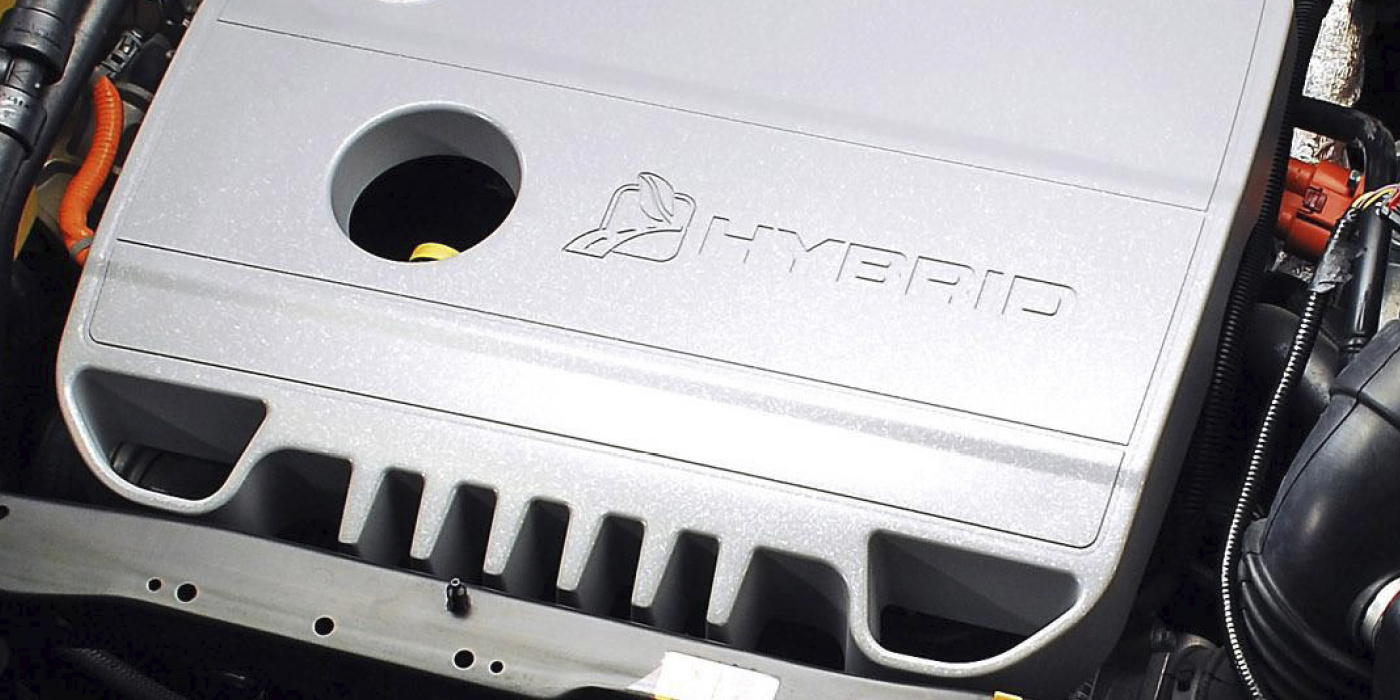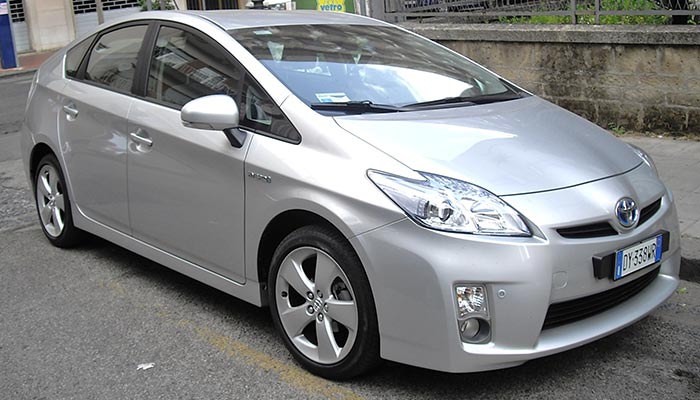The greatest barrier for shops wanting to service Electric Vehicles (EVs) or Hybrid Electric Vehicles (HEVs) is not having the right tools or protective equipment. The one roadblock is being able to lift an EV or HEV vehicle properly.
Most HEV and EV vehicle repairs are not those done to battery packs or electric motors. Instead, the most significant repair opportunities are tires, brakes and suspension. And, if you can’t lift a vehicle without damaging the underside of these vehicles, you will not be able to unlock this service opportunity in this growing segment.
The stakes are higher for EVs and hybrids because if a lift is not correctly placed, it could damage an expensive battery pack. Some of these battery packs can cost more than $15,000 to replace. Also, there is a fire hazard if a battery pack is impacted or punctured.
Lift Points
You need to find the lift points to lift any vehicle. Most EVs and HEVs have specific lift points stamped into the unibody. Some EVs might require special blocks inserted into holes on the lift points. Some manufacturers recommend blocks or pucks that slide over the pinch welds on the rockers.
Finding the information about the lift points can vary depending on the manufacturer. You can find the lift points in the service information. Many OEMs include this information in their service information websites’ free or public pages. The Automotive Lift Institute’s (ALI) Lifting Points Guide includes many popular EV and HEV vehicle lift points.
If you are stumped, try Googling the vehicle’s make and model along with the term “first responder sheet” for the location of the lift points. The first responder sheets can be a treasure trove of information for shops. Most include the proper method to deactivate and isolate the high-voltage battery and 12-volt system.
Never guess regarding the lift points and double-check after the arm or pad has made contact.
Types of Lifts
Almost any lift can lift an EV or HEV car or truck. But, the lift is like any tool with a right and wrong way to use it. So, always make sure you have the proper manuals and training. Also, make sure the lift is maintained.
Drive-On Lift: A roll-on or runway lift used for alignments or oil changes can be a safe bet for EVs and HEVs. But, these lifts can block access to some components under the vehicle.
If you use the rolling jacks, you need to use the correct adapters and lift points.
Two-Post Lifts: A two-post lift might require low-profile arms to get under the vehicle to access the lift points. Always try to use lifting pads that are smaller than some flip-style adapters.
Scissor Lifts or Mid-Rise Lifts: Some shops may use scissor lifts that make contact with the rocker or pinch weld of the vehicle. These types of lifts can be problematic if not used properly on EVs or HEVs. First, do not use these unless you have the correct lifting blocks or adapters. Second, some of these lifts have long enough platforms to make contact with the front or rear lift points on certain Tesla models. Check with your lift manufacturer to see if it is long enough to handle a Tesla.
No matter what type of lift you have at your shop, always engage in training.
Spotting the Vehicle
When you first pull the car into the bay, the basic rules of spotting the vehicle remain the same. Always make sure the vehicle is straight and positioned in the centerline of the lift. If possible, leave the car in neutral so it can be rolled to help position the lift pads.
The last part can be difficult for some HEVs and EVs due to their drivetrains. So, you might have to engage a service or tow mode to be able to roll the vehicle. On some Tesla’s with air suspension, this mode will also prevent damage to the air suspension components when it is lifted. Some GM EV models, like the Hummer, will call it immobilization mode.
Engaging these modes before starting an alignment can save you some aggravation if you perform a rolling compensation measurement.
Center of Gravity
If you are using any type of two-post lift, you need to be aware of the center of gravity. EVs and HEVs can have a different center of gravity compared to a vehicle with an internal combustion engine. Battery packs, inverters and motors can move the center of gravity to the rear.
The old rule that front-wheel-drive vehicles have the center of gravity at the sideview mirrors and that a rear-wheel-drive vehicle’s center of gravity is below the driver’s seat does not apply for EVs and some HEVs. Again, look at the service information for where to spot the vehicle.
Always check the stability of the vehicle on the lift points by lifting it 12 inches and jiggling it to make sure it feels secure on the lift.
In my experience, one of the most challenging things you will encounter is smoothly pulling an EV or HEV vehicle into a shop when it is in all-electric mode. The lack of noise and how the car moves forward from a stop is different from a car with an automatic or manual transmission. But, you will get accustomed to sound and feel.
No matter what type of vehicle you are lifting, always make sure you know what you are doing. ALI’s Lifting It Right online course explains the right way to lift a vehicle without causing injury or damage. It provides guidance on spotting and lifting a vehicle, as well as preparing the service bay, maintaining load stability, lowering the lift and lift maintenance. It is a good overview and supplement to training on your specific lift.
Lift training is not just for newbies; it is also for experienced technicians who might need a refresher.

